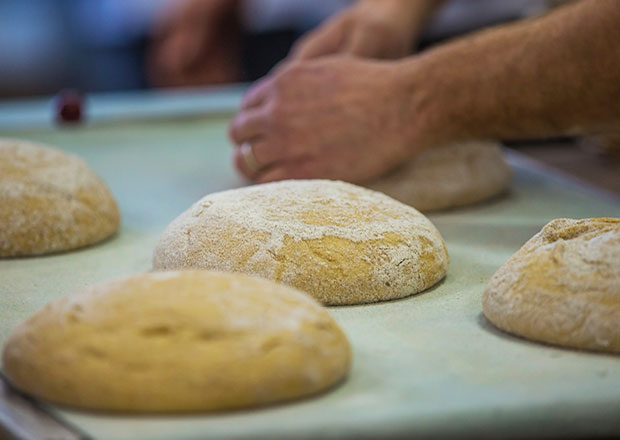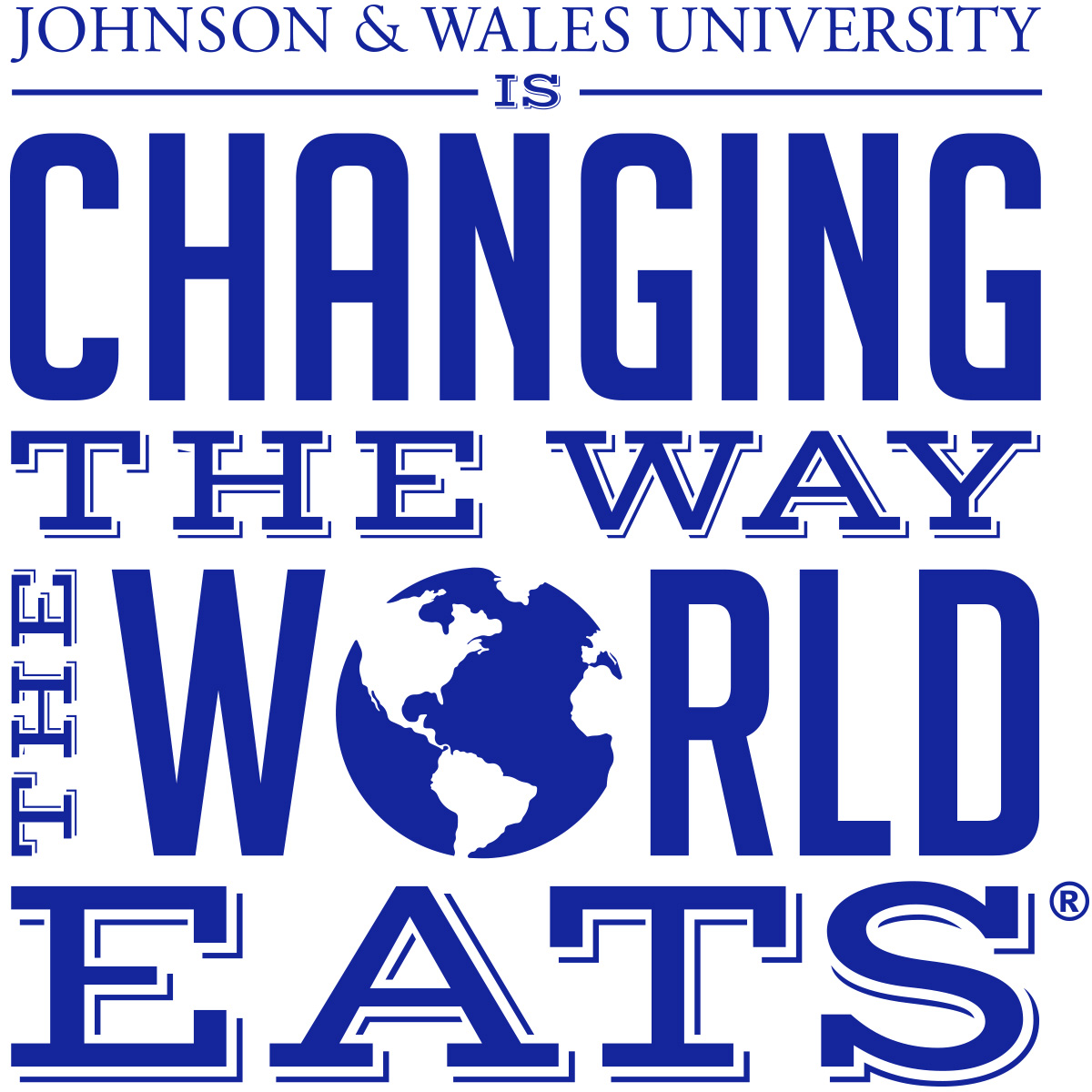Baking is an "Egg-zact" Science
By Chef Cindy Ferron, CEPC
April 2017

Baking for health and wellness can be a challenge. I want to help boost your confidence in preparing healthier desserts and baked goods. I'm going to share some of the tips chefs use from our understanding of science and practical techniques. A better grasp of the "why" in baking can lead to designing healthier desserts and baked goods that can meet a variety of dietary needs.
Examine the roles that main ingredients play in a baked good I will explore strategies in recipe modification that will address today’s dietary concerns, while maintaining the integrity of the recipe.
Nearly every recipe for a baked good calls for eggs. Why? Eggs provide many important functions in a baked good. The main function is to provide structure. Imagine frying an egg for breakfast. As soon as you crack that liquid egg into a hot pan, the egg white immediately starts to transform from liquid to solid. You can also see this change in a hardboiled egg. The majority of structure comes from the egg white. The egg yolk provides a different form of structure known as “thickening.” Crème Anglaise is an example of a yolk thickened sauce.
In addition, eggs aerate, provide leavening, add moisture, color, flavor, and richness to a dough. They also provide nutritional value – good and bad, depending on your concern. The key is to determine which function the egg is providing and then try to replace it with an ingredient that will mimic that function.
The first change can simply be using egg whites instead of the whole egg. This generally works well for most recipes. There will be some differences in the final product that, quite frankly, take some getting used to – but in the long-run, the health benefits win. For example, the color may slightly change from the lack of the yolk. Add some chopped fruit to your baked good, and there's your color. The flavor may be altered since the majority of the flavor in an egg comes from the yolk. Consider adding nuts or dried fruit to the mix to change the texture experience and compensate for the decrease in richness. The greatest benefit of decreasing the use of egg yolks in a recipe is the decrease of cholesterol in one's diet., the cholesterol from the yolk is a concern for many people.
Even though egg whites are 90% water, there will be some evaporation of that water during the baking process. This is due to the fact that the missing egg yolks contain a natural emulsifier “lecithin” that would hold that water in, not allowing it to escape. The finished muffin or cake may be slightly drier than a traditional recipe.
If you are going to opt for an egg substitute, there are popular store brands that make viable substitutes. They are 99% egg whites with some color and flavoring added. This will provide a very similar result compared to using egg whites.
Now that you have some insight into the science of egg substitutes, you may be ready for the next adventure in baking – the use of egg replacers such as tofu, banana, and starch-based replacers.
